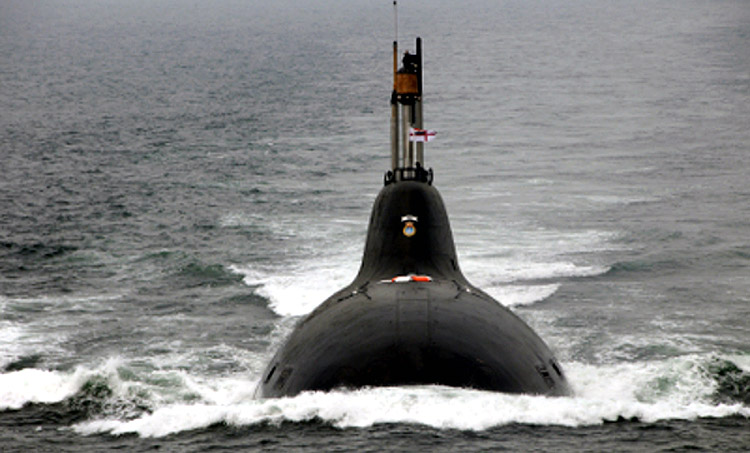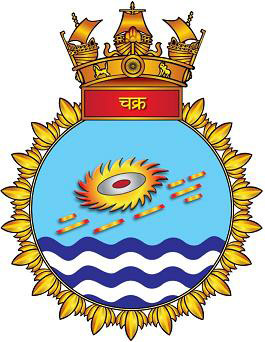- Prime Minister Narendra Modi inaugurates Aero India 2023 in Bengaluru; Releases Commemorative Stamp
- Defence Secretary meets delegations from Saudi Arabia, USA and Oman on the sidelines of Aero India 2023
- Foreign Ministers of 32 countries to attend Aero India 2023
- Embraer showcases the C-390 Millennium at Aero India 2023
$3 billion deal for lease of 2nd Russian Akula class N-submarine for Indian Navy
Chakra-III to be delivered to Indian Navy by 2025

India and Russia are reported to have signed an Inter-Governmental Agreement on March 7 in New Delhi for the lease of a second Russian Akula class nuclear-powered attack submarine (SSN) for the Indian Navy for 10 years for an estimated $3 Billion.
While there's no official confirmation from either side, it has been widely reported that the submarine will be delivered to the Indian Navy by 2025.

This submarine has been referred to in media reports as the Chakra-III, alluding to two previous lease agreements between India and Russia for nuclear-powered submarines. The first, Chakra-I was a Charlie class submarine leased to India from 1988 to 1991. The second, an Akula-class Chakra-II, is currently in service with the Indian Navy on a 10-year lease with effect from 2012.
Reports also suggest a parallel agreement to extend the lease of the Chakra-II by five years.
The second Akula on lease is expected to test bed Indian-made command and control systems, communication equipment and sensors in preparation for India's own SSN programme. It is also important for continuation in training of naval crews to operate nuclear submarines.
These lease agreements are significant both in terms of underwater sea denial capability, and also for the learning curve for India's indigenous programme to build six SSNs.
The second Akula on lease is expected to test bed Indian-made command and control systems, communication equipment and sensors in preparation for India's own SSN programme. It is also important for continuation in training of naval crews to operate nuclear submarines.
The lease deal caps a very successful year for Russia in India's arms market. The other highlights were multi-billion dollar deals for S-400 Triumf air defence systems, four follow-on Krivak class frigates and the production of at least 650,000 AK-203 assault rifles in India. All these deals are through the government-to-government route, and have taken place despite the shadow of the American CAATSA legislation which seeks to curb international trade with American rivals like Russia and Iran.
The lease deal caps a very successful year for Russia in India's arms market. The other highlights were multi-billion dollar deals for S-400 Triumf air defence systems, four follow-on Krivak class frigates and the production of at least 650,000 AK-203 assault rifles in India. All these deals are through the government-to-government route, and have taken place despite the shadow of the American CAATSA legislation which seeks to curb international trade with American rivals like Russia and Iran.
The hull for the second Akula class submarine to be leased to India has been shipped for completion to the Severodvinsk shipyard. Indians are likely to gain valuable expertise in the project, which also involves fitment of important Indian-built systems, in the run up to the construction of SSNs in India.
The SSNs are powered by nuclear reactors but armed with conventional weapons. These can remain submerged for long periods unlike conventionally powered diesel-electric submarines which need to surface regularly to recharge batteries. Long submergence makes SSNs difficult to detect, thus making these potent sea denial weapons. Nuclear propulsion also make attack submarines much faster.
The Russian Akulas are among the world's most advanced SSNs. The lease of the Akulas prepares India to shore up its naval strength in its maritime backyard at a time when China's PLA Navy is making rapid inroads into the Indian Ocean Region.





